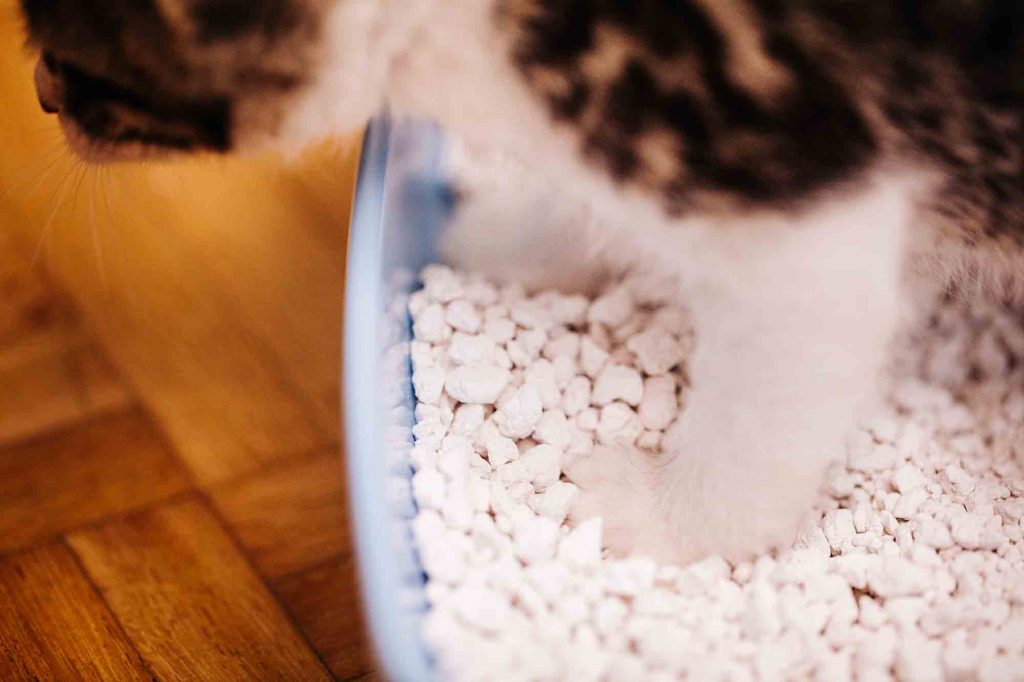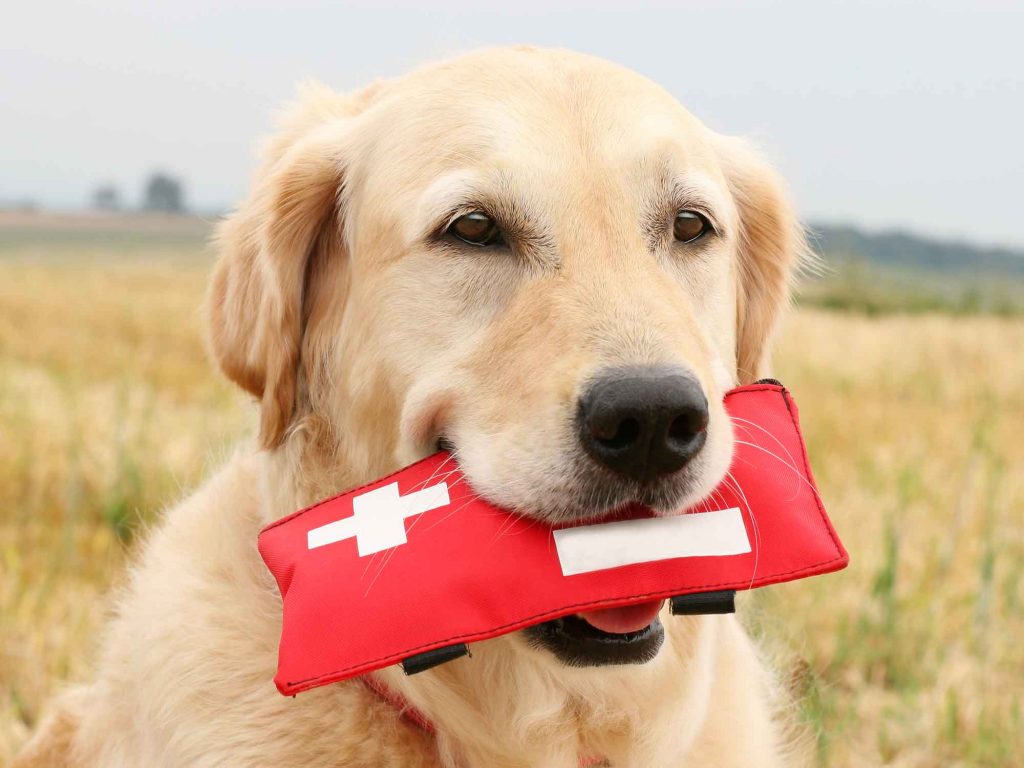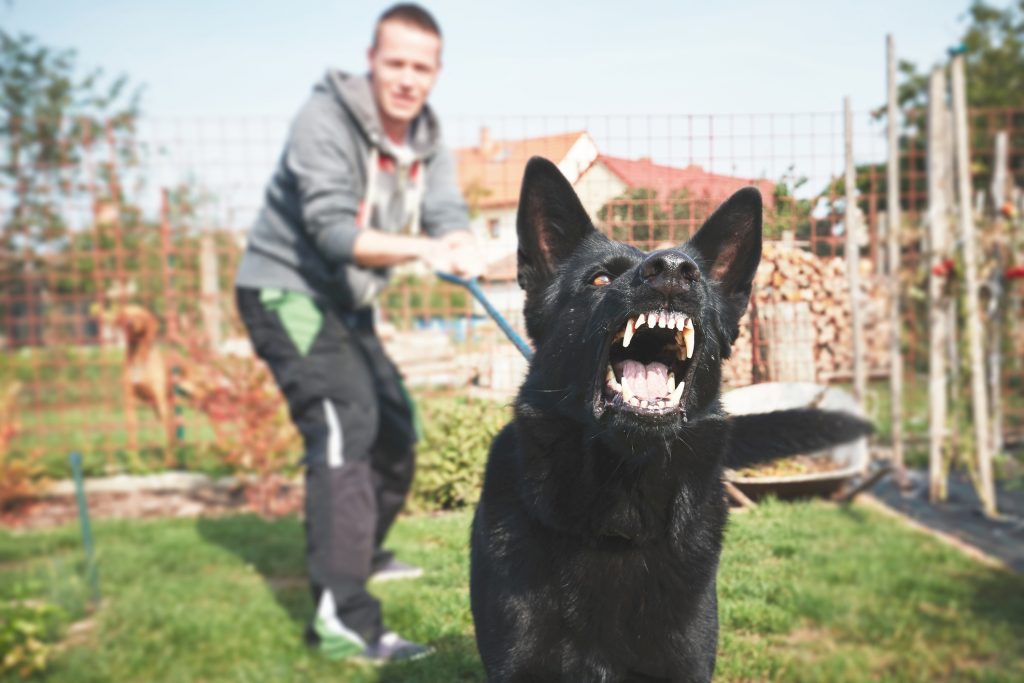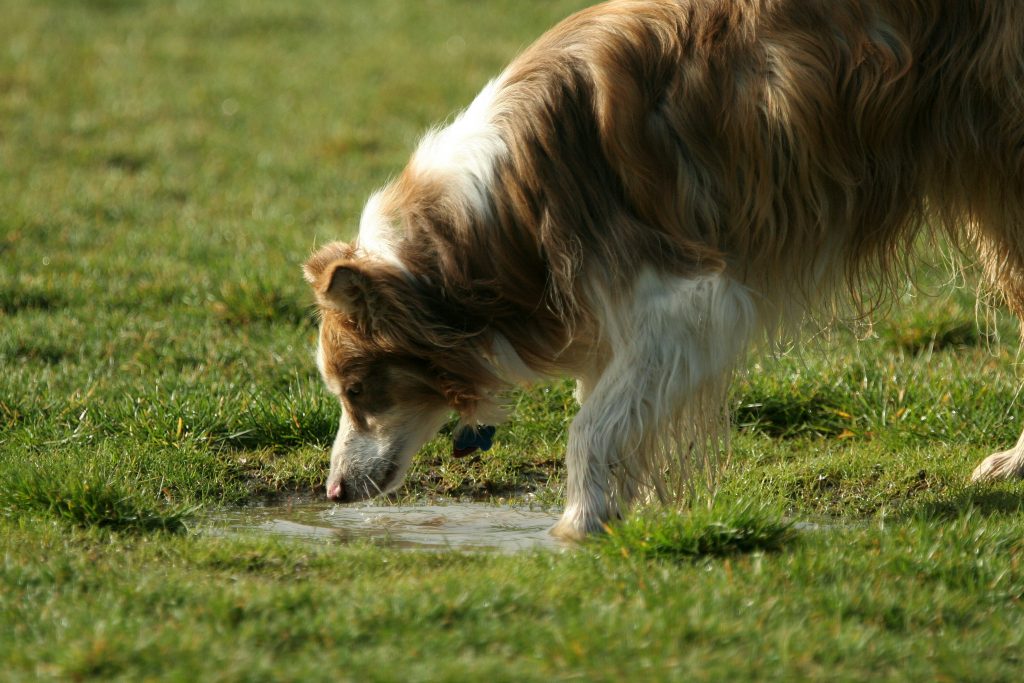Our Blog
Plan the Perfect Pet-Friendly Party

Safety First
Be sure to take your pet’s unique personality into consideration. Pets who are prone to aggression, anxiety, or severe shyness probably aren’t good candidates for a gathering or party that includes them.
Pet-Friendly Party Tips
A pet-friendly party can bring out your pet’s inherent playfulness, provided you set the tone for safe fun ahead of time.
Location
Before inviting people and pets to a party, ensure you have enough space. If space is limited, consider alternative venues in your community, such as a local park (remember to follow leash laws), a community center, or a doggy daycare.
Rest Area
If you’re hosting the party at home, make sure to have a designated area for potty breaks. You can either purchase a dog potty or build one yourself, depending on your preferences.
Guest List
As a thoughtful host, create a guest list that promotes a harmonious gathering. Invite furry friends your pet knows and enjoys spending time with. You can also use social media platforms like Facebook to send invitations to friends and family.
Pet-Friendly Decorations
Choose pet-friendly decorations to keep your pet safe, and place them out of reach. Additionally, have a safety plan in place just in case any mishaps occur.
Tasty Treats
Planning a pet-friendly birthday party includes preparing special treats that cater to both pets and humans. Here are some pet-approved recipes:
Fun & Games
Select an activity that will be enjoyable for both your guests and their pets. Games and activities should be simple and safe. Here is a list of activities for pets and people:
- Pet-Friendly Obstacle Course
- Treat Hunt
- Paw Painting
- Pet Fashion Show
- Pet Photo Booth
Hydration Station
Make sure there is a constant supply of fresh water available throughout the event. With all the excitement, pets can become easily dehydrated, so it’s important to keep water bowls accessible and plentiful for their health.
Quiet Time
Set up a designated area for pets to rest and relax if they get tired or need a break. Include comfy dog beds and blankets to provide them with a cozy spot to unwind.
Final Thoughts
We hope your pet-friendly bash is a huge success! Don’t ever hesitate to reach out to the staff at Lone Tree Veterinary Medical Center with any questions and concerns regarding your pets.
Beyond Bon Appetit: Why Your Puppy Eats Poop
 Dealing with your pet’s poop is one of the less glamorous aspects of pet ownership, but it’s just as necessary to their health and well-being as proper diet, exercise, and quality medical care. Having a puppy who eats poop, however, is something that many new pet owners weren’t expecting and aren’t sure how to deal with.
Dealing with your pet’s poop is one of the less glamorous aspects of pet ownership, but it’s just as necessary to their health and well-being as proper diet, exercise, and quality medical care. Having a puppy who eats poop, however, is something that many new pet owners weren’t expecting and aren’t sure how to deal with.
Poop-eating, also called coprophagia, is actually a normal – albeit gross–dog behavior. At Lone Tree Veterinary Medical Center we believe in tackling life’s stinky questions head on, and we are happy help you figure out why your puppy eats poop and what you can do about it.
Strategies for Successful Litter Box Training
 Anyone who has ever observed a cat fastidiously grooming herself, or carefully covering waste in the litter box, knows that cats are, by nature, very clean animals. Most kittens learn how to use a litter box from their mother before they come to live with you, but if you adopt an orphaned kitten or older cat, you may have to show her the ropes. Our litter box training tips will get you started off on the right paw!
Anyone who has ever observed a cat fastidiously grooming herself, or carefully covering waste in the litter box, knows that cats are, by nature, very clean animals. Most kittens learn how to use a litter box from their mother before they come to live with you, but if you adopt an orphaned kitten or older cat, you may have to show her the ropes. Our litter box training tips will get you started off on the right paw!
Pet DNA Testing: The Inside Scoop
 DNA testing for humans is nothing new. We regularly rely on the results of these types of tests to determine paternity, figure out our ancestry, and even check for the probability of developing certain inherited diseases. It only makes sense that, given the ease and relative low cost of genetic testing technology, that pet DNA testing would become a booming industry.
DNA testing for humans is nothing new. We regularly rely on the results of these types of tests to determine paternity, figure out our ancestry, and even check for the probability of developing certain inherited diseases. It only makes sense that, given the ease and relative low cost of genetic testing technology, that pet DNA testing would become a booming industry.
How Pet DNA Testing Works
Pet DNA testing made its debut in 2007, and it’s become increasingly popular in recent years due to its wide availability and ease of use. The basic do-it-yourself DNA test kit comes with the items needed to ready a sample for testing. Here’s how this test works:
- Swab the inside of your pet’s cheek with the brush provided
- Prepare the sample following the manufacturer’s instructions
- Mail the sample back to the company using the provided packaging
When Peeing Poses a Problem: Urinary Tract Infection in Pets
 Anyone who has suffered a urinary tract infection (UTI) knows it’s no picnic. The pain and frequent, urgent need to urinate can be downright miserable, and may lead to more serious problems if not addressed quickly. UTIs in pets are just as troublesome for our furry friends and are more common than pet owners may realize.
Anyone who has suffered a urinary tract infection (UTI) knows it’s no picnic. The pain and frequent, urgent need to urinate can be downright miserable, and may lead to more serious problems if not addressed quickly. UTIs in pets are just as troublesome for our furry friends and are more common than pet owners may realize.
What Is a Urinary Tract Infection?
A urinary tract infection is an infection of one or more parts of the urinary tract, which consists of the kidneys, ureters (tubes that carry urine to the bladder), bladder, and urethra (tube that carries urine out of the body). The bladder is the most common part of the urinary tract to become infected.
To the Rescue: Putting Together a Pet First Aid Kit
 Ensuring you have a comprehensive pet first aid kit and the knowledge to employ it is crucial for pet owners in emergency readiness. Our furry friends rely on us for their well-being. Yet, many of us overlook preparing for unforeseen circumstances, such as being equipped to handle pet injuries.
Ensuring you have a comprehensive pet first aid kit and the knowledge to employ it is crucial for pet owners in emergency readiness. Our furry friends rely on us for their well-being. Yet, many of us overlook preparing for unforeseen circumstances, such as being equipped to handle pet injuries.
At Lone Tree Veterinary Medical Center, we believe that having a well-stocked pet first aid kit, and knowing how to use it, is an essential part of emergency preparedness for any pet owner.
Creating a Pet First Aid Kit
We recommend that pet owners carry a pet first aid kit in their car and also keep one in an easily accessible location in the home. Pet first aid kits can be purchased ready-made from pet supply stores or online (here’s one we like) or you can make your own from scratch.
Marijuana Toxicity in Pets
 Pot, weed, Mary Jane…no matter what you call it, marijuana needs no introduction, especially to Colorado residents. Medical marijuana became legal in Colorado in 2000, and in November of 2012, voters approved an amendment to the state constitution to legalize marijuana for recreational use. In January of 2014, the approved amendment became law.
Pot, weed, Mary Jane…no matter what you call it, marijuana needs no introduction, especially to Colorado residents. Medical marijuana became legal in Colorado in 2000, and in November of 2012, voters approved an amendment to the state constitution to legalize marijuana for recreational use. In January of 2014, the approved amendment became law.
Since marijuana use was first legalized, veterinarians across Colorado have seen a dramatic increase in cases of marijuana toxicity in pets. In fact, a Colorado-based study published in the Journal of Veterinary Emergency and Critical Care showed that the number of pets treated for marijuana poisoning quadrupled between 2005-2010. After the 2014 implementation of the recreational use law, our own veterinarians saw an uptick in the number of marijuana toxicity cases they were treating at our facility.
We’ve Come a Long Way, Baby: The Evolution of Modern Pet Ownership
 According to anthropologists, it was the wolf that helped bridge the gap between humans and four-legged animals several thousand years ago, giving humans an advantage over the Neanderthal populations that dominated at the that time.
According to anthropologists, it was the wolf that helped bridge the gap between humans and four-legged animals several thousand years ago, giving humans an advantage over the Neanderthal populations that dominated at the that time.
Early humans succeeded in domesticating wolves to help guard their camps, alert them to danger, and help them with the hunting of mammoths and other large mammals. Cats joined the picture later on, during the rise of agriculture, and became valued for their ability to keep mice and other vermin out of homes, barns, and grain stores. With the help of these synergistic relationships, early humans managed to survive in a very primitive world.
Every Rose Has Its Thorn: Dealing with Possessive Aggression in Pets
 If your usually sweet Pomeranian turns into a snarling beast when anyone approaches her food, or your new Labrador puppy becomes aggressively protective of his favorite chew toys, you may have a case of possessive aggression on your hands.
If your usually sweet Pomeranian turns into a snarling beast when anyone approaches her food, or your new Labrador puppy becomes aggressively protective of his favorite chew toys, you may have a case of possessive aggression on your hands.
Possessive aggression in pets stems from a natural fear response to the real or perceived threat of a resource being taken away. Pets can become possessive over their food, toys, favorite sleeping spot, and even certain family members. Although guarding behaviors are normal for many pets, and can be useful for animals in the wild, it is unacceptable when aimed at people or other pets in the household.
Face Value: Finding Credible Pet Health Information
 Understanding the various aspects of pet health and wellness is an important part of pet ownership, but finding answers to our questions isn’t always easy. There are so many sources of information available to us today, along with many conflicting viewpoints, that figuring out where to find credible pet health information can be a challenge.
Understanding the various aspects of pet health and wellness is an important part of pet ownership, but finding answers to our questions isn’t always easy. There are so many sources of information available to us today, along with many conflicting viewpoints, that figuring out where to find credible pet health information can be a challenge.
The Perils of Dr. Google
With the digital age firmly in place, it’s natural to turn to the internet when we have a question or suspect a problem. Unfortunately, it can be difficult to discern whether or not the information we find is accurate. Some of the common problems that can result from consulting “Dr. Google” instead of your trusted family veterinarian include:



